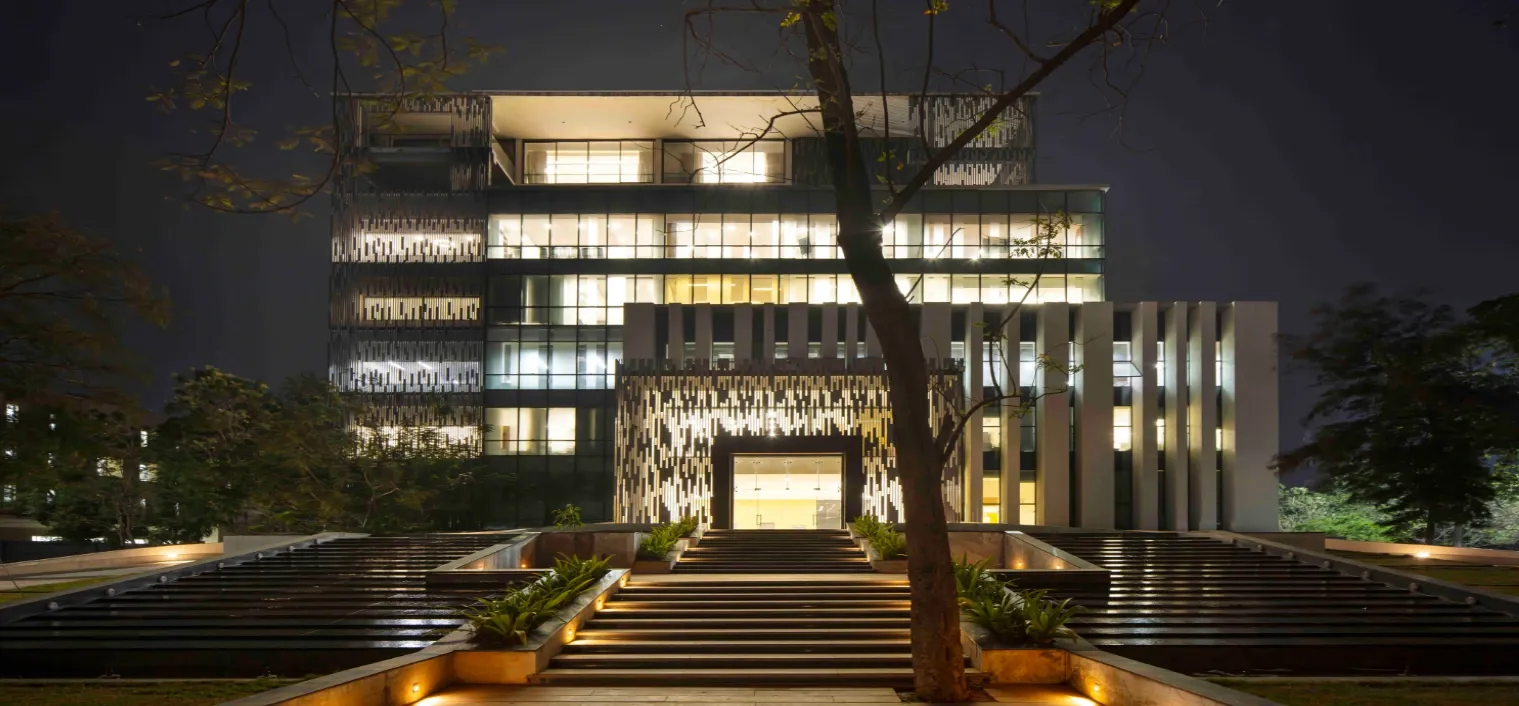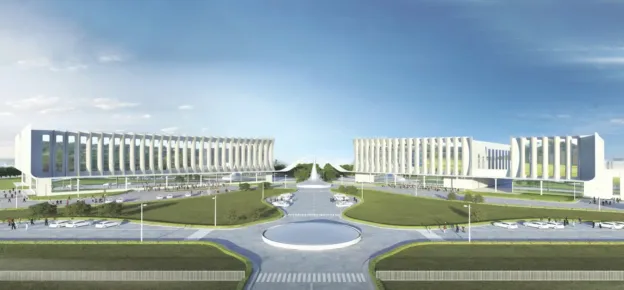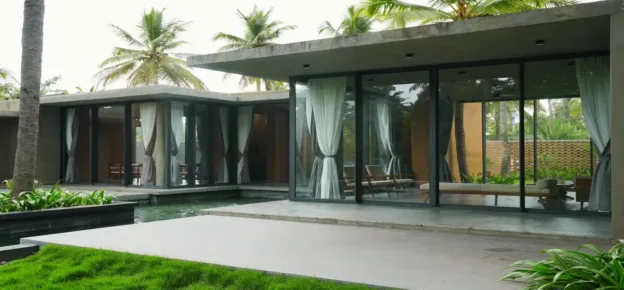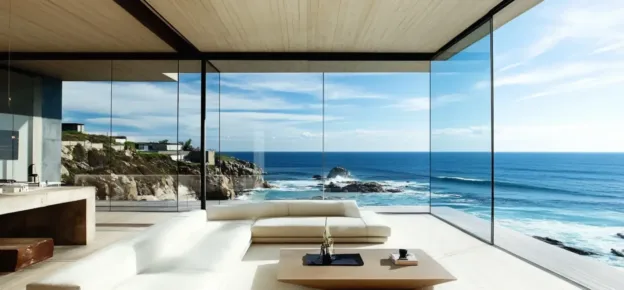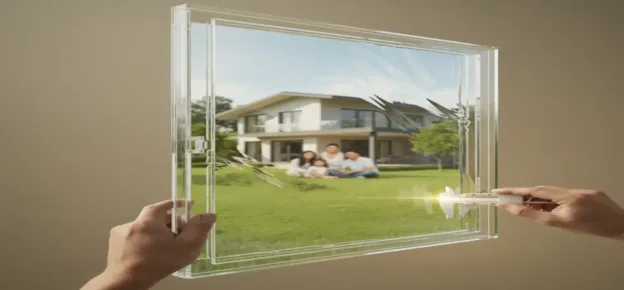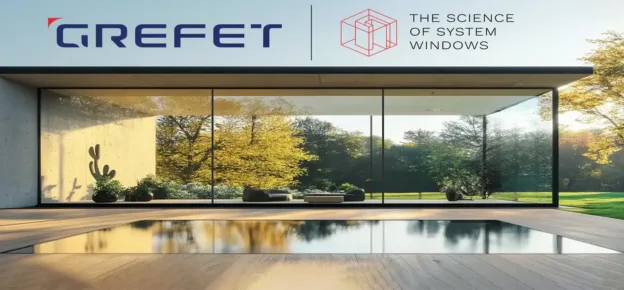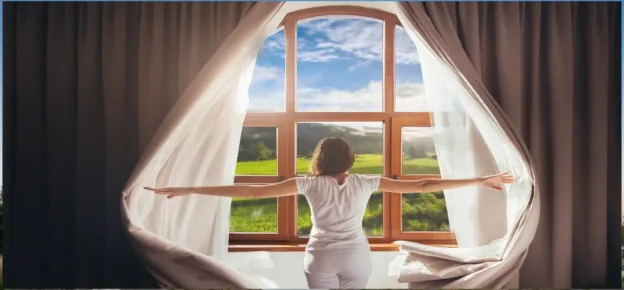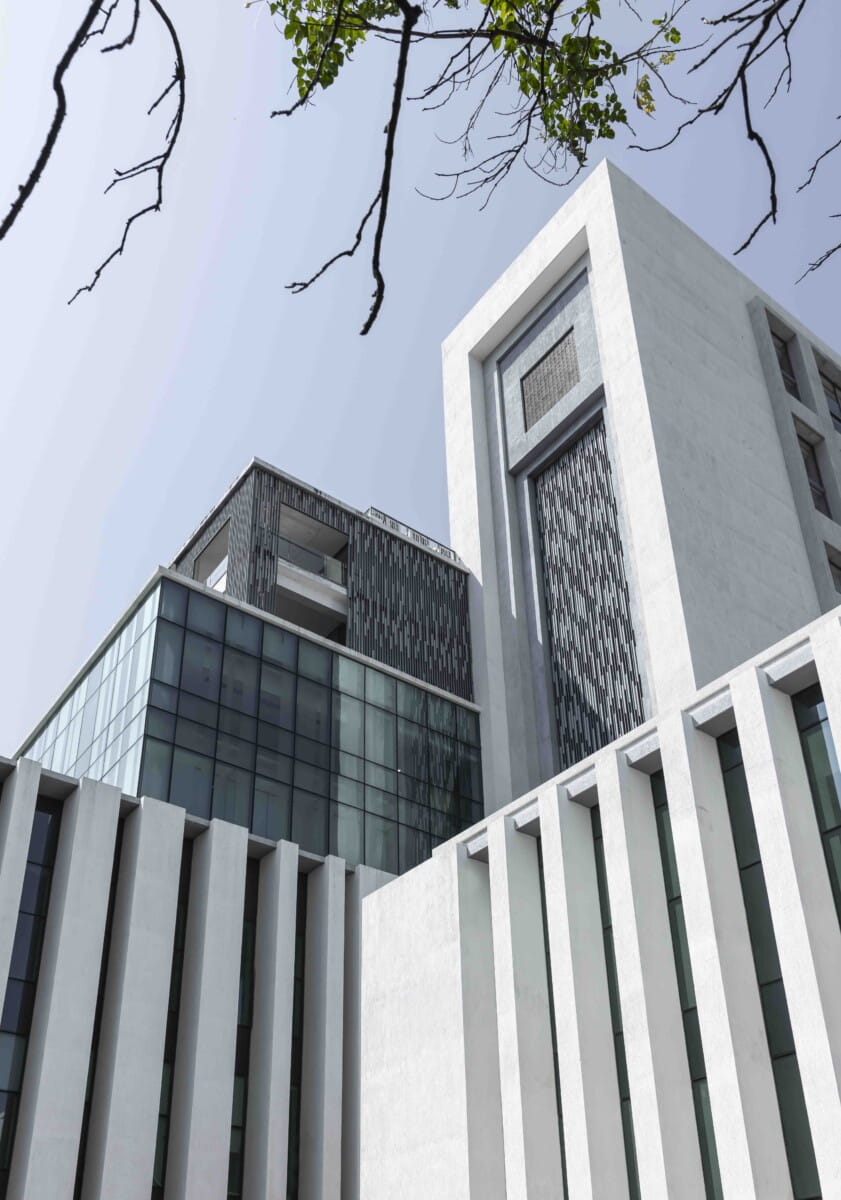
Q. What key considerations do you keep in mind when integrating windows and doors into a façade and selecting hardware to ensure optimal safety and security?
We pay close attention to how windows and doors are placed and detailed, not just for how they look but also for how they perform. Windows are designed to bring in natural light and ventilation, and we often orient them towards courtyards or the north to ensure a consistent quality of daylight throughout the day. Framing views and connecting indoors to the outside are equally important.
We integrate safety and security right from the start. Depending on the building’s context, we use features such as multi-point locking systems, laminated glass, and tamper-proof hardware. We also choose corrosion-resistant materials to ensure long-term durability, especially for projects in coastal or humid climates.
We follow BIS standards, but we also consider factors like emergency egress, visibility, and passive surveillance to make spaces feel open yet secure. We often customize hardware to suit the architectural language, merging traditional detailing with modern safety features.
The aim is always to create spaces that are comfortable, safe, and in tune with their context.
Q. What Are The Best Practices For Optimizing Lighting, Ventilation, And Acoustics Through Façade And Fenestration Design? How Do You Balance Natural Light And Thermal Efficiency When Determining The Window-to-Wall Ratio?
Our approach begins with building orientation. We typically align buildings along the east-west axis to reduce direct solar heat gain, especially in warm Indian climates. Windows are generally placed on the north to allow soft, uniform daylight throughout the day, while corridors are positioned on the south to buffer heat.
We carefully calibrate the window-to-wall ratio, usually between 30 and 40 percent, bringing in sufficient daylight while avoiding glare and overheating for lighting and thermal comfort. Operable windows are incorporated wherever possible to enable cross-ventilation, reducing reliance on mechanical systems. Shading elements and deep recesses control sunlight and improve interior comfort.
Acoustics is also an important consideration, especially in urban settings. We use double-glazed or acoustic glass and insulated window frames to minimize noise ingress and enhance thermal performance.
Climate-responsive modelling helps us fine-tune these strategies for each project. Whether it’s a school, a housing complex, or a public building, we aim to ensure that the fenestration works in harmony with the site, enhances user comfort, and improves overall energy efficiency.
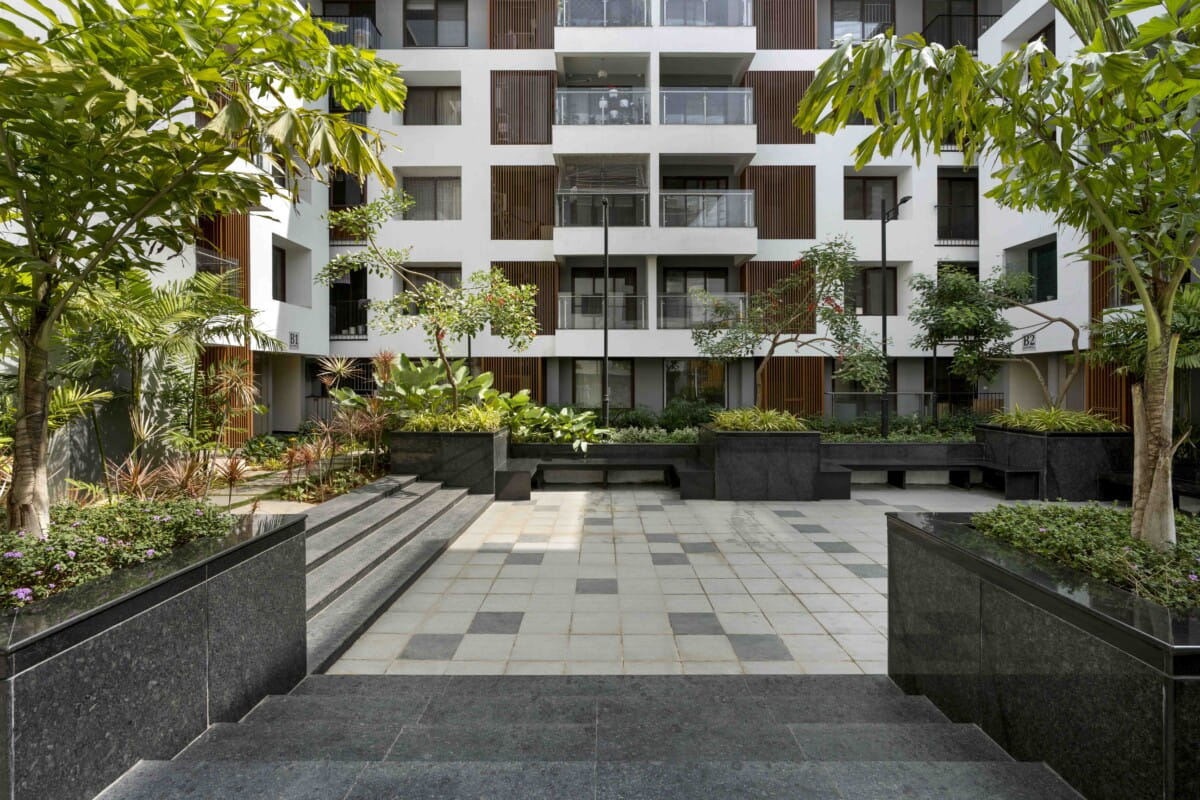
Q. What Emerging Trends Are Shaping The Design Of Doors And Windows In Modern Architecture?

We are seeing a clear shift towards cleaner lines and better performance. Slim-profile aluminium frames and high-performance glazing are becoming standard, helping create a stronger visual and physical connection between indoors and outdoors.
Sustainability is a growing priority. We often use recycled aluminium and lead-free uPVC, selecting durable and environmentally conscious materials. There’s also a focus on integrating local or vernacular elements—patterns, proportions, or how openings are detailed—within a modern framework.
Parametric tools are increasingly helpful in fine-tuning the design. They allow us to optimize orientation, airflow, and shading with precision. There’s a noticeable rise in demand for modular fittings and clean finishes, such as matte black, on the hardware side.
What ties all of this together is a focus on usability. Every material, frame, handle, or hinge is chosen with the user in mind so that performance, comfort, and character come through in the everyday spatial experience.
Q. How Is Automation Transforming The Role Of Doors And Windows In Residential And Commercial Spaces? What Are The Key Benefits Of Integrating Smart Doors And Windows In Modern Buildings?
We see automation as a way to improve comfort, efficiency, and overall building performance when used thoughtfully. In residential projects, we often integrate features such as smart locks, motion sensors, or voice-activated controls to simplify daily routines and enhance safety.
Automation helps regulate interior environments in commercial and institutional spaces. Features such as automated blinds, ventilating windows, and light-responsive systems support natural ventilation and reduce energy consumption, especially in larger, high-occupancy buildings.
We always include manual overrides to ensure flexibility and user control, particularly in contexts where human interaction is still central. The goal is to introduce technology that feels intuitive and respectful of the needs and cultural habits of the user.
Our approach to automation is grounded in responsiveness, creating healthier, sustainable, and easy-to-navigate spaces that do not overwhelm with technology.

Q. With Fire Safety Being A Critical Concern In Modern Architecture, How Do You See Advancements In Architectural Hardware Aligning With Evolving Fire Safety Norms And Regulations? Can You Share Insights On The Role Of Fire-Rated Doors, Glass, And Hardware In Enhancing Building Safety?
Fire safety is a core consideration in our work. We integrate certified fire-rated doors, glazing, and hardware that meet the latest Indian codes and regulations. In high-occupancy buildings—such as institutions, housing, or public spaces—we design clear fire compartments and use fire-rated assemblies that support safe and timely evacuation.
Hardware plays a key role in this system. We specify components such as auto-closing hinges and smoke-seal mechanisms that respond quickly and reliably in the event of an emergency. We use clear, fire-rated glass to maintain transparency without compromising safety where visibility is essential.
Our hardware selection is driven by performance and ease of use. We prefer to source from trusted Indian manufacturers wherever possible. These decisions reflect compliance and a commitment to safety, user comfort, and architectural responsibility.
